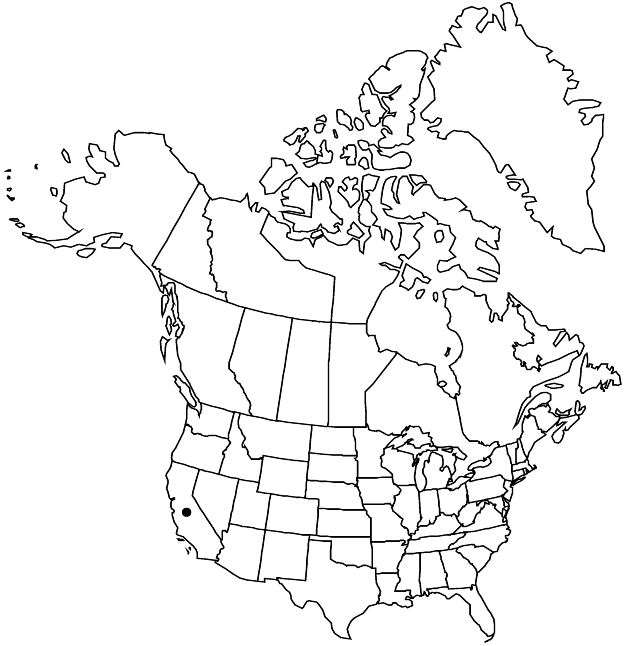Difference between revisions of "Ceanothus pinetorum"
Contr. U.S. Natl. Herb. 4: 80, plate 6. 1893.
FNA>Volume Importer |
FNA>Volume Importer |
||
| Line 28: | Line 28: | ||
|elevation=1600–2600 m. | |elevation=1600–2600 m. | ||
|distribution=Calif. | |distribution=Calif. | ||
| − | |discussion=<p>Ceanothus pinetorum occurs disjunctly in the southern Trinity Mountains (Shasta and Trinity counties) and in the southern Sierra Nevada (Kern and Tulare counties).</p> | + | |discussion=<p><i>Ceanothus pinetorum</i> occurs disjunctly in the southern Trinity Mountains (Shasta and Trinity counties) and in the southern Sierra <i>Nevada</i> (Kern and Tulare counties).</p> |
|tables= | |tables= | ||
|references= | |references= | ||
| Line 52: | Line 52: | ||
|publication year=1893 | |publication year=1893 | ||
|special status=Endemic | |special status=Endemic | ||
| − | |source xml=https://jpend@bitbucket.org/aafc-mbb/fna-data-curation.git/src/ | + | |source xml=https://jpend@bitbucket.org/aafc-mbb/fna-data-curation.git/src/8f726806613d60c220dc4493de13607dd3150896/coarse_grained_fna_xml/V12/V12_759.xml |
|genus=Ceanothus | |genus=Ceanothus | ||
|subgenus=Ceanothus subg. Cerastes | |subgenus=Ceanothus subg. Cerastes | ||
Revision as of 14:49, 18 September 2019
Shrubs, 0.5–1.5 m, sometimes moundlike. Stems erect, spreading, or weakly ascending, sometimes arcuate, rooting at proximal nodes; branchlets reddish to grayish brown, sometimes glaucous, rigid, glabrous or sparsely puberulent. Leaves sometimes fascicled, not crowded; petiole 1–3 mm; blade flat to slightly cupped, slightly folded lengthwise adaxially, widely elliptic to suborbiculate, 10–20 × 8–19 mm, base rounded, margins thick to slightly revolute, dentate to denticulate most of length, teeth 9–15, apex rounded, abaxial surface pale green, glabrous except on veins, adaxial surface dark green, glabrous. Inflorescences axillary, 1.2–2.1 cm. Flowers: sepals, petals, and nectary pale blue to blue. Capsules 6–9 mm wide, weakly lobed; valves smooth to rugulose, horns subapical, prominent, erect, rugose, intermediate ridges present.
Phenology: Flowering May–Jun.
Habitat: Rocky granitic or metamorphic slopes and ridges, open pine forests.
Elevation: 1600–2600 m.
Discussion
Ceanothus pinetorum occurs disjunctly in the southern Trinity Mountains (Shasta and Trinity counties) and in the southern Sierra Nevada (Kern and Tulare counties).
Selected References
None.
